Butterfly valves belong to the quarter valves category. Quarter valves include the type of valves which can be opened or shut close by turning the stem of the valve by a quarter. In butterfly valves there is a disc attached to a rod. When the rod is turned it rotates the disc by a quarter such that the disc falls perpendicular to the flow and stops it. And to restore the flow, the rod rotates the disc back to the original position i.e. away from the flow. Read More…
Butterfly Valves & Controls, Inc. has been a premier supplier of quality butterfly control valves and other related industrial components for 25 years. We carry only the best parts sourced from world-class butterfly valve manufacturers. Extended service life and safe operation are at the core of every valve manufactured/assembled. Our catalog includes a large selection of valves, actuators, controls, positioners, and more.
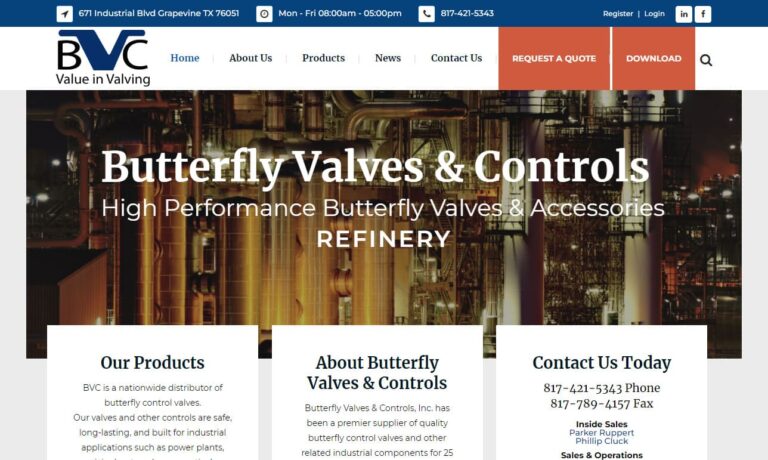
At Posi-flate, we specialize in manufacturing high-performance butterfly valves designed to meet the demanding requirements of a wide range of industrial applications. We engineer our valves with a unique inflatable seat design that ensures a tight seal with minimal torque, offering exceptional reliability, reduced wear, and longer service life.

At U.S. Plastic Corp., we provide high-quality 55-gallon drums designed to meet the rigorous demands of various industries. Our selection includes a variety of plastics, offering durability, chemical resistance, and compliance with industry standards for safe storage and transportation of liquids, solids, and hazardous materials. With a commitment to quality and customer satisfaction, we deliver reliable solutions that help businesses maintain efficiency and safety in their operations.

More Butterfly Valve Manufacturers
Butterfly valves are an essential type of flow control device known for their ease of installation, cost-effectiveness, and broad range of available sizes. These valves are widely recognized for their ability to provide both on-off control and precise flow regulation across diverse industries. Whether you are seeking a solution for water treatment, chemical processing, or industrial automation, butterfly valves offer a robust and reliable option for controlling a wide variety of fluids and gases.
Butterfly Valve Applications
Butterfly valves play a crucial role in countless industrial and commercial sectors due to their versatility and efficiency in managing and isolating the flow of liquids, gases, and slurries. Their unique design allows for seamless starting, stopping, and modulation of flow, making them indispensable for many demanding applications.
Common industries utilizing butterfly valves include:
- Food and beverage processing (liquid and semi-liquid handling)
- Municipal water treatment and wastewater management
- Industrial manufacturing and process automation
- HVAC (heating, ventilation, and air conditioning) systems
- Pulp, paper, and wood processing
- Chemical and petrochemical processing plants
- Power generation and utility services
- Mining and slurry handling
- Pharmaceutical and biotech industries
- Fire protection systems
Key butterfly valve applications:
- Vacuum systems – Maintaining pressure and controlling flow in sensitive environments.
- Petroleum recovery – Managing oil and gas extraction and processing operations.
- Compressed air services – Regulating air flow in pneumatic systems.
- Air and water cooling – Ensuring efficient temperature control in industrial and commercial settings.
- HVAC systems – Providing reliable shut-off and modulation in heating and cooling circuits.
- Slurry handling – Managing abrasive and viscous fluids in mining and processing plants.
- High-pressure water services – Controlling flow in pressurized water distribution networks.
- Steam services – Managing steam flow in boilers and heat exchangers.
- Fire protection – Ensuring fast, reliable shut-off in sprinkler and safety systems.
Their extensive range of designs and construction materials makes butterfly valves highly adaptable, enabling them to perform reliably in environments ranging from clean potable water systems to highly corrosive or abrasive slurries. Typical uses also include:
- Slurry and sludge management in mining and waste treatment
- Vacuum and pressure services in scientific research or high-purity processes
- Steam flow regulation in thermal power plants
- Cooling water, process air, or gas control in industrial automation
History of Butterfly Valves
The evolution of butterfly valves traces back to the late 18th century, where Scottish engineer and chemist James Watt first utilized them in steam engine designs, revolutionizing flow control in early industrial machinery. Widespread adoption began in the 1870s as engineers recognized the value of butterfly valves for controlling air and steam flow in fans and turbines.
Technological innovations over the decades have enhanced the performance and reliability of butterfly valves. Key milestones include:
- Miniaturization and weight reduction, allowing easier installation and integration into complex piping systems.
- Advancements in heat resistance and material science, enabling use in high-temperature and hazardous environments.
- The introduction of synthetic rubber seals post-World War II, greatly expanding chemical compatibility and sealing performance.
- James E. Hemphill’s 1969 patent, which optimized valve design to reduce hydrodynamic torque, making operation more efficient and cost-effective.
Today, butterfly valves are an industry standard for reliable, low-maintenance, and efficient flow control across the globe.
Advantages and Disadvantages of Butterfly Valves
Butterfly valves offer a compelling combination of benefits that make them a preferred choice for engineers, plant managers, and system designers. However, like any valve technology, they present certain limitations that must be weighed against specific application requirements.
Advantages of Butterfly Valves:
- Compact Size and Lightweight: Their slim profile allows for installation in tight spaces and reduces overall system weight—critical for skid-mounted equipment or mobile systems.
- Cost-Effective: Butterfly valves generally require less material and labor to manufacture and install, lowering project costs compared to globe, gate, or ball valves.
- Low Maintenance: Fewer moving parts and robust construction translate to minimal maintenance and reduced downtime over the valve’s lifecycle.
- Quick Actuation: A simple quarter-turn operation (90° rotation) ensures fast opening and closing, ideal for emergency shut-off or automated processes.
- Versatility in Materials: Availability in a wide range of body, disc, and seat materials allows for customization to suit corrosive, abrasive, or sanitary applications.
- Broad Application Flexibility: Suitable for both isolation and modulation, including underground or above-ground service and high-cycle operations.
- Easy Automation: Compatible with pneumatic, electric, and hydraulic actuators, supporting advanced process control and remote operation.
Disadvantages of Butterfly Valves:
- Disc Presence in Flow Path: Even when fully open, the disc remains in the fluid stream, which can cause pressure drop and potential flow disturbance.
- Sealing Limitations: While modern designs offer tight shut-off, some butterfly valves may not achieve the bubble-tight sealing required by certain critical applications (e.g., gas isolation or high-vacuum service).
- Limited Throttling Accuracy: Although suitable for many control duties, butterfly valves are best used in low to moderate pressure differential situations; cavitation or choked flow may occur in high-pressure drop scenarios.
- Potential for Cavitation and Vibration: High-velocity flows through partially open discs can induce turbulence, noise, or vibration if not properly sized.
Wondering which valve type is best for your system? Compare butterfly valves with ball valves, gate valves, and plug valves to evaluate which features align with your flow control, pressure, and reliability needs.
Design of Butterfly Valves
Valve Materials and Selection
The selection of materials for butterfly valves is critical to ensure compatibility with process fluids, environmental conditions, and regulatory standards. Manufacturers offer butterfly valves made from:
- Plastic (PVC, CPVC, PVDF): Cost-effective for non-corrosive, low-pressure applications, such as water treatment or light chemical handling.
- Stainless Steel: Excellent corrosion resistance, ease of cleaning, and compliance with sanitary standards for food, beverage, and pharmaceutical industries.
- Cast Iron and Ductile Iron: Robust and economical choice for waterworks, fire protection, and industrial pipelines where strength and pressure resistance are required.
- Aluminum: Lightweight and strong, used where reduced weight is a priority, though not suitable for highly corrosive environments.
- Exotic Alloys (Hastelloy, Monel, Inconel): Specialized for aggressive chemicals, high temperatures, or demanding process conditions.
The disc (the flow control element) is typically constructed from ductile iron, stainless steel, aluminum, bronze, or coated metals (e.g., epoxy, nickel-plated) to match the process requirements and maximize service life.
Not sure which valve material suits your process? Ask: What are the chemical, temperature, and pressure conditions of my application? Will the media be abrasive, corrosive, or require food-grade certification?
Butterfly Valve Construction
A typical butterfly valve consists of several key components:
- Body: Designed to fit between two pipe flanges (wafer, lug, or flanged style), providing structural support and alignment.
- Disc: The rotating element that opens or blocks fluid flow. Its shape and orientation can be engineered to optimize sealing or minimize pressure drop.
- Stem (Shaft): Connects the actuator or handle to the disc, transmitting torque for opening/closing. Can be a single piece or split for maintenance flexibility.
- Seat: Typically a polymer or elastomer insert (EPDM, PTFE, Viton), providing a tight seal against the disc to minimize leakage. The seat is attached by pressing, bonding, or locking into the valve body.
- Actuator: The mechanism (manual lever, gear operator, pneumatic, electric, or hydraulic unit) that operates the valve, enabling precise flow control and automation.
The seating torque required to close the disc and the unseating torque needed to open it are important engineering factors, especially for large-diameter or high-pressure applications.
Curious about automation? Learn how electric and pneumatic actuators can streamline your process control and reduce manual intervention.
Types of Butterfly Valves
Butterfly valves are available in a wide array of types, configurations, and standards to meet the unique demands of various industries and systems. Understanding these differences is essential for choosing the optimal valve for your application.
Major butterfly valve categories include:
- High performance butterfly valves (double offset, designed for high-pressure and critical service)
- Pneumatic butterfly valves (air-operated for automated and rapid cycling)
- Butterfly valves with multiple shut-off points (multi-position for complex flow schemes)
- Triple offset butterfly valves (metal-seated for zero-leakage and severe duty)
- Flanged butterfly valves (easy integration with flanged pipe systems)
- Wafer style butterfly valves (compact, economical, fits between flanges)
- Lug butterfly valves (threaded inserts for easy pipeline disconnection)
- Traditional manually operated butterfly valves (lever or gear actuated)
- Electric butterfly valves (for remote or automated control)
- AWWA certified butterfly valves (compliant with American Water Works Association standards)
- Plastic butterfly valves (PVC, CPVC, PVDF for chemical resistance and light weight)
- Stainless steel butterfly valves (sanitary and corrosion-resistant models)
- Aluminum butterfly valves (lightweight and strong for portable or weight-sensitive systems)
Specialized Butterfly Valve Types and Use Cases
- Pneumatic Butterfly Valves: Perfect for pressurized air or gas systems, especially where rapid actuation and automation are critical. Common in material handling, HVAC, and manufacturing automation.
- Triple Offset Butterfly Valves: Featuring three distinct shaft and seat offsets, these valves provide a bubble-tight shut-off and are ideal for high-pressure, high-temperature, or hazardous applications where zero leakage is non-negotiable.
- Traditional Butterfly Valves: Operated by manual levers, these are cost-effective and suitable for systems where frequent actuation is not required.
- Electric Butterfly Valves: Integrated with direct mount electric actuators, these valves enable remote operation, process automation, and integration with SCADA or building management systems.
- AWWA Certified Butterfly Valves: Designed to meet rigorous standards for potable water, fire protection, and municipal infrastructure, ensuring safety and compliance.
- Plastic Butterfly Valves: Lightweight and corrosion-resistant, but best for low-pressure and less demanding environments. Not suited for high-temperature or high-pressure service.
- Stainless Steel Butterfly Valves: Preferred in food, pharmaceutical, and chemical industries where hygiene and corrosion resistance are paramount.
- Aluminum Butterfly Valves: Chosen for weight-sensitive applications, though less resistant to corrosion than stainless steel or plastic models.
- High Performance Butterfly Valves: Double offset designs capable of handling extreme pressures, temperatures, or hazardous media in energy, chemical, and process industries.
- Wafer and Lug End Types: Wafer style valves are clamped between flanges and are economical for most general service, while lug style valves allow for dead-end service and pipeline isolation.
- Flanged and Butt Welded End Types: For permanent, high-integrity connections in critical process piping.
- Manual vs. Automatic Actuation: Manual valves are simple and economical for basic isolation, while automatic valves (pneumatic, electric, or hydraulic) are essential for high-cycle, remote, or safety-critical operations.
- Concentric and Eccentric Designs: Concentric valves are simple and economical for low-pressure use, while eccentric (single, double, triple offset) valves minimize seat wear and offer improved sealing for demanding applications.
Eccentric Butterfly Valve Variations
- Single Offset: Shaft is offset from the disc centerline, reducing seat wear by minimizing contact before closure.
- Double Offset: Shaft is offset from both the body and pipe centerlines, further reducing friction and extending valve life.
- Triple Offset: Incorporates a conical seat geometry for zero-leakage performance, using metal seats for bubble-tight shut-off in severe service.
Butterfly Valve Installation
Proper installation is crucial for reliable and leak-free operation. Always inspect and test butterfly valves before installation to check for defects or weaknesses. Follow the valve and flange manufacturer’s instructions regarding bolt patterns, torque specifications, and gasket selection.
Need butterfly valve installation tips? Ask: What are the best practices for aligning, supporting, and commissioning butterfly valves in new or retrofit piping systems?
Butterfly Valve Standards and Specifications
Butterfly valves are manufactured to meet a range of national and international standards, ensuring safety, quality, and interoperability across industries. Compliance with these standards is a critical factor in valve selection for municipal, commercial, and industrial projects.
Key standards organizations include:
- ASTM International – Material and testing standards
- API (American Petroleum Institute) – Oil, gas, and petrochemical industry standards
- ANSI (American National Standards Institute) – General industrial and process equipment standards
- MSS (Manufacturers Standardization Society) – Valve dimensions and pressure ratings
- ASME (American Society of Mechanical Engineers) – Mechanical integrity and pressure vessel codes
- EEMUA, BSI, DIN, ISO, CSA, CEN, JSA – Global standards for materials, dimensions, and performance
Evaluating compliance? Check if your butterfly valve supplier provides documentation for ISO 9001, API 609, AWWA C504/C516, or other relevant certifications to ensure regulatory and project requirements are met.
Things to Consider When Purchasing Butterfly Valves
Selecting the right butterfly valve involves more than just matching pipe size and pressure rating. Consider the following factors to ensure optimal performance and value:
- Application Requirements: Define your flow rates, pressure, temperature, media characteristics (corrosive, abrasive, sanitary), and required shut-off performance.
- Valve Type and Actuation: Choose between manual, pneumatic, electric, or hydraulic actuation based on system demands and automation needs.
- Material Compatibility: Ensure body, disc, and seat materials are compatible with the process fluid and environmental conditions.
- Standards and Certifications: Verify compliance with industry standards (API, AWWA, ISO, etc.) relevant to your project or regulatory environment.
- Maintenance and Lifecycle Costs: Evaluate ease of operation, service intervals, and availability of spare parts to calculate total ownership cost.
- Installation Constraints: Assess space limitations, pipe alignment, and connection types (wafer, lug, flanged, welded) to select the appropriate design.
- Supplier Reputation and Support: Partner with established butterfly valve manufacturers who offer technical support, documentation, and after-sales service.
Ready to request a quote? Prepare a detailed specification including valve size, pressure class, material requirements, standards, delivery timeline, and budget. Compare offerings from multiple suppliers to identify the best fit for your application.
If you’re unsure where to begin, explore our curated list of leading butterfly valve manufacturers for expert advice and product selection assistance.
When designing or specifying butterfly valves, manufacturers must carefully consider the physical and chemical properties of the media being controlled, as well as any unique process or installation requirements.
Looking for custom solutions? Consult with a butterfly valve supplier to explore options for custom sizes, special materials, unique actuation methods, or advanced sealing technologies tailored to your project.
Frequently Asked Questions About Butterfly Valves
- What are the maintenance requirements for butterfly valves? – Generally low, but periodic inspection of seals, actuators, and moving parts ensures long-term reliability.
- How do butterfly valves compare to ball or gate valves? – Butterfly valves typically offer faster actuation, lower cost, and smaller footprint, but may not provide the same sealing performance as ball valves in high-pressure or gas-tight applications.
- Can butterfly valves be automated? – Yes, with electric, pneumatic, or hydraulic actuators for remote or process control integration.
- What is the lifespan of a butterfly valve? – With proper material selection and maintenance, butterfly valves can last for decades, even in demanding service conditions.
- Are there sanitary or aseptic butterfly valves? – Absolutely. Specialized designs for food, beverage, and pharmaceutical industries meet stringent hygiene standards.
Still have questions? Contact our technical advisors or explore our comprehensive Butterfly Valve Buying Guide for in-depth selection tips, installation best practices, and maintenance advice.
By understanding the full range of butterfly valve types, applications, materials, and decision factors, you can confidently select and specify the ideal valve solution for your project—ensuring safety, reliability, and efficiency in every flow control scenario.


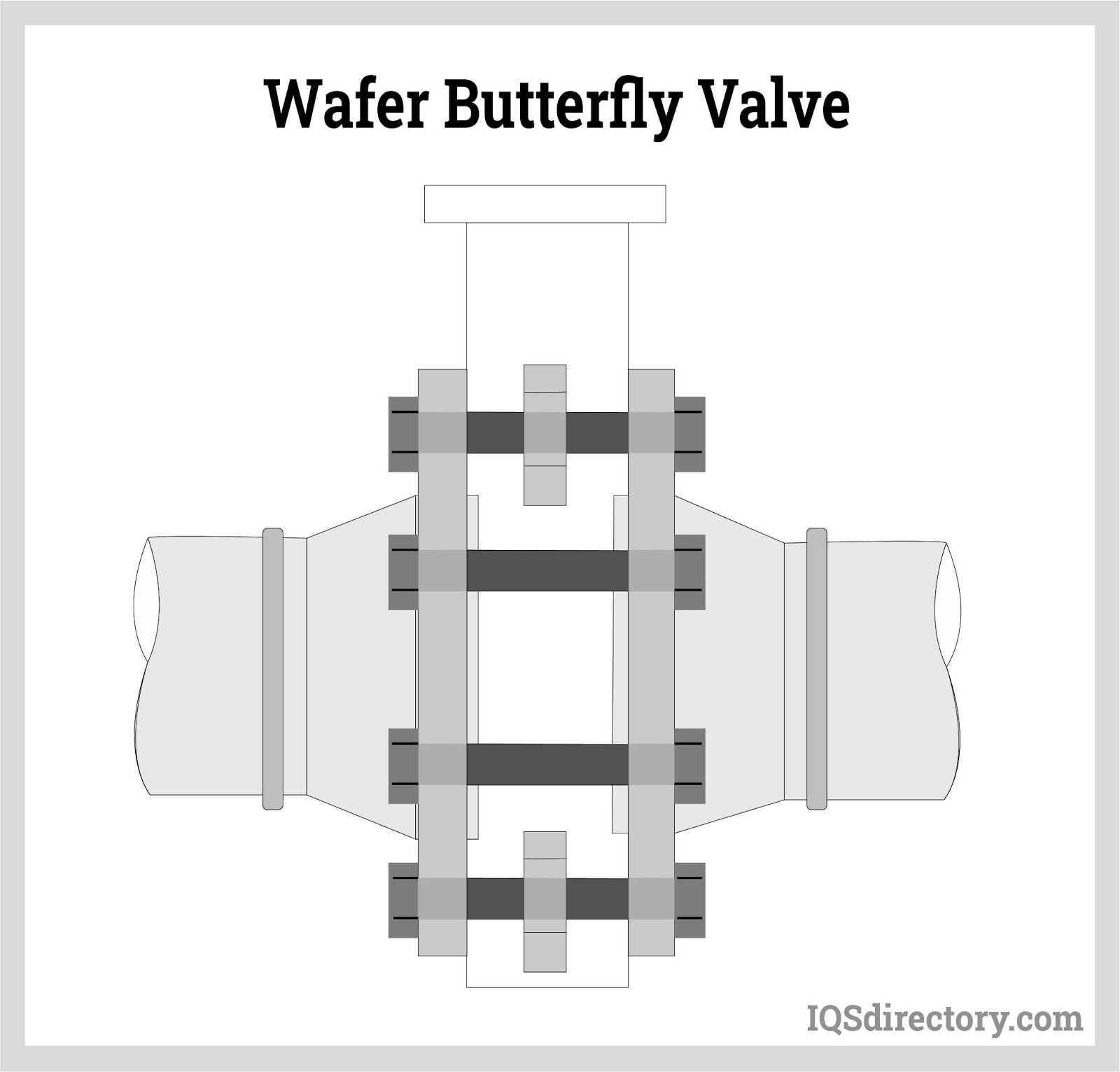
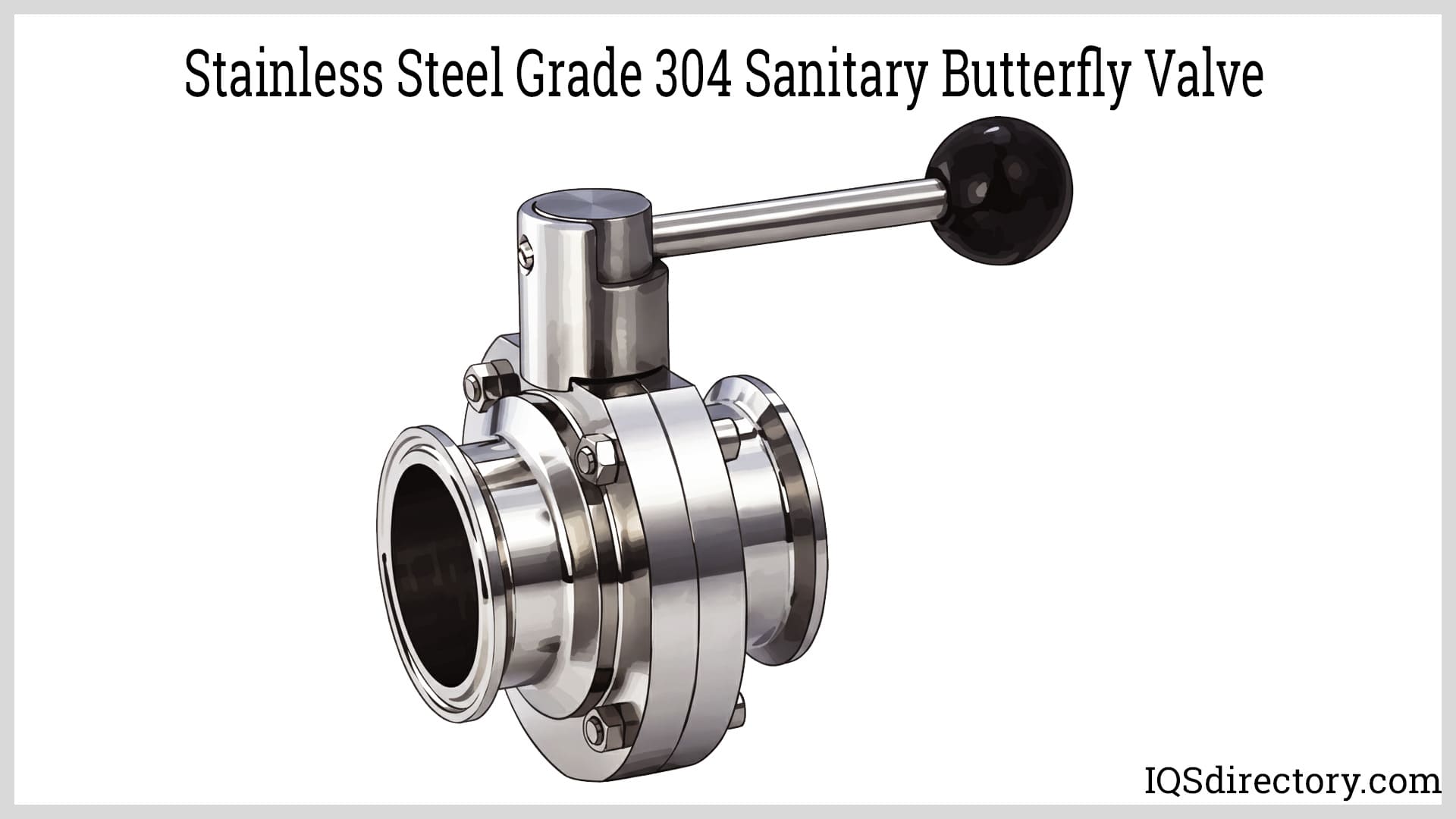
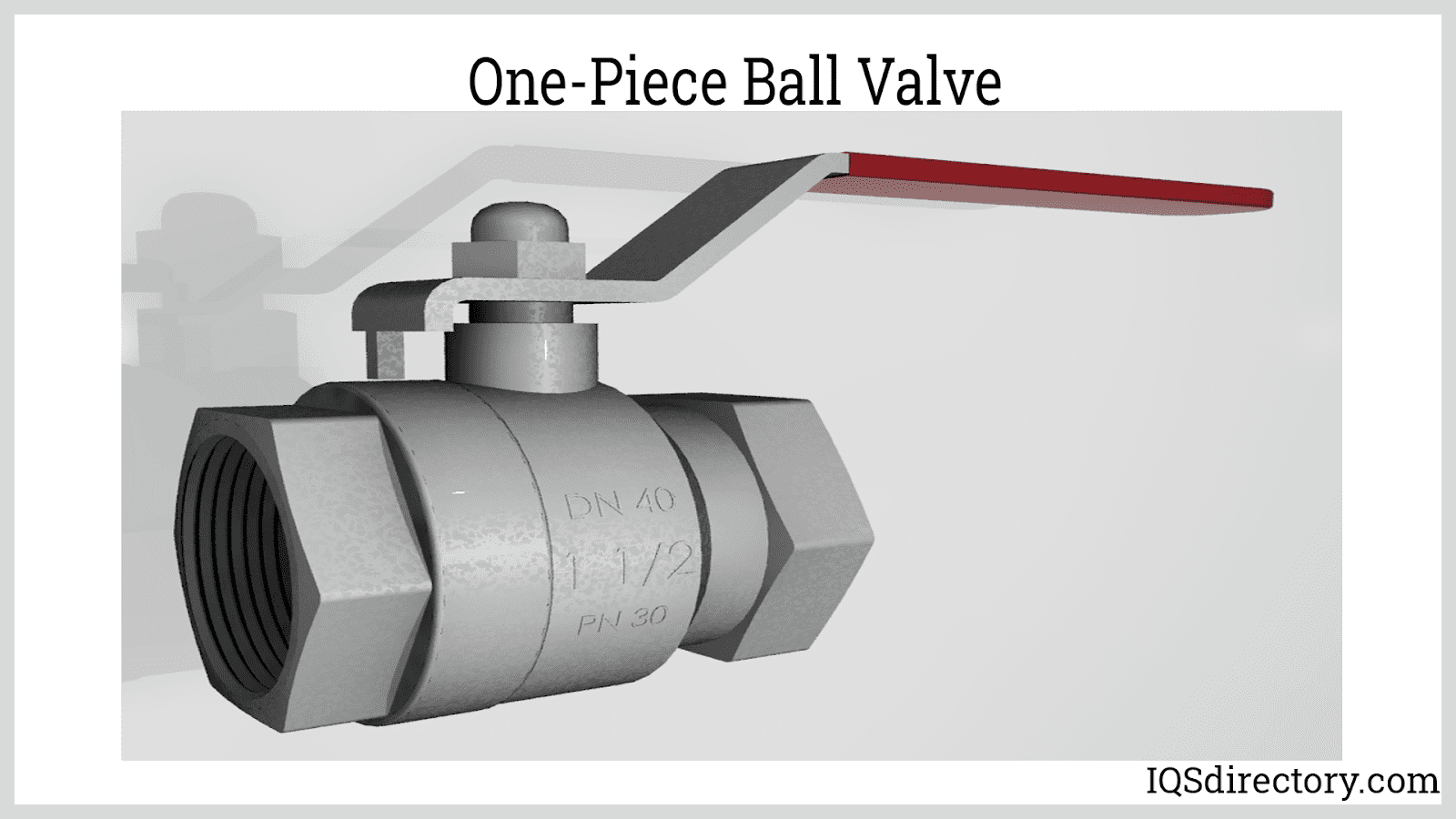
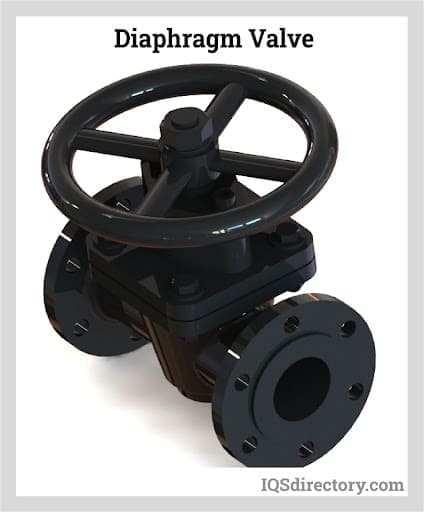
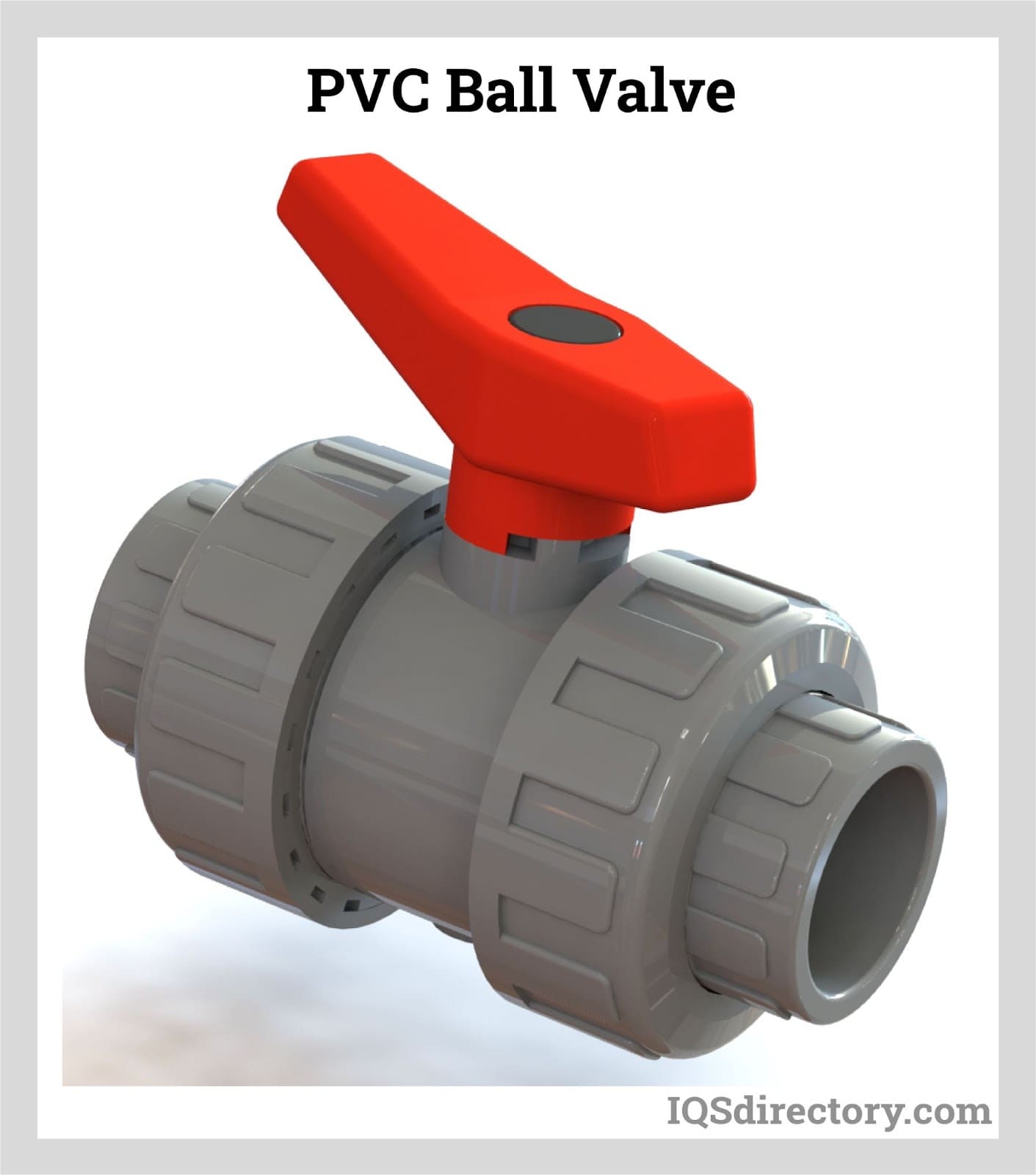
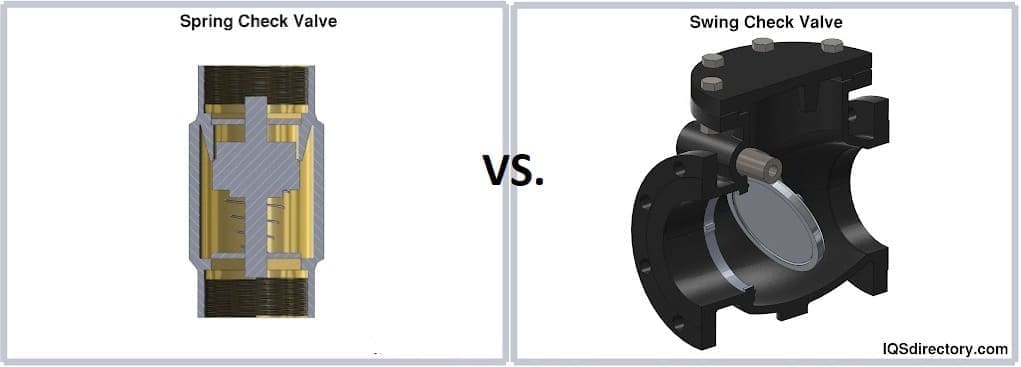
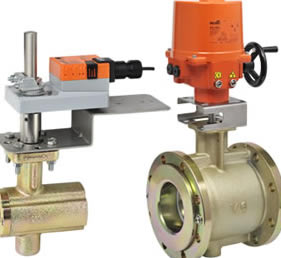 Ball Valves
Ball Valves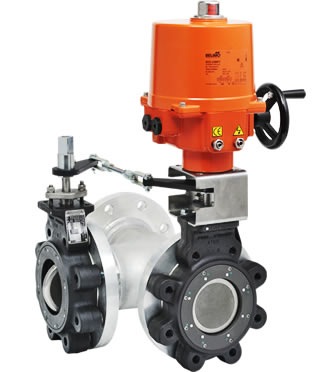 Butterfly Valves
Butterfly Valves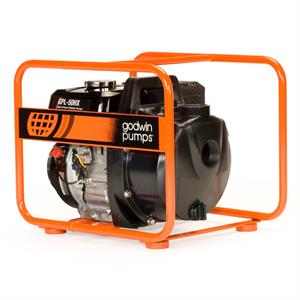 Centrifugal Pumps
Centrifugal Pumps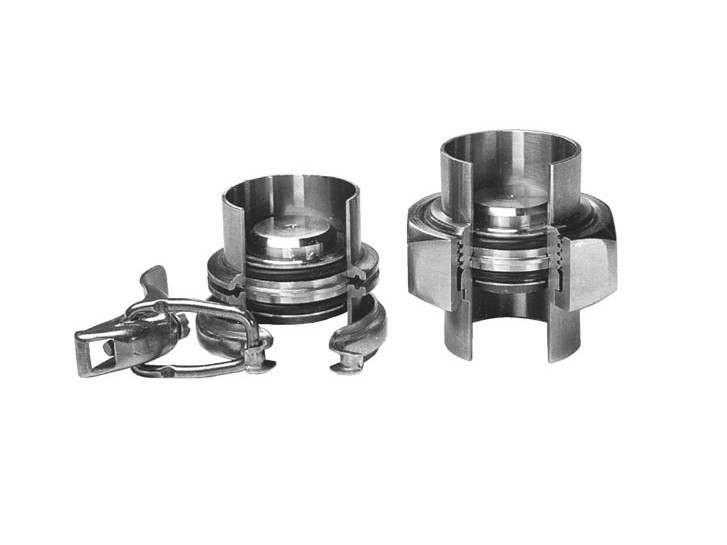 Check Valves
Check Valves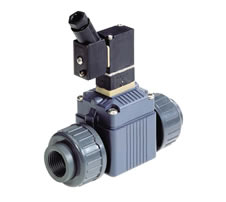 Diaphragm Valves
Diaphragm Valves Flow Meters
Flow Meters Hydraulic Pumps
Hydraulic Pumps Hydraulic Valves
Hydraulic Valves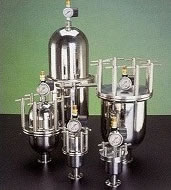 Metering Pumps
Metering Pumps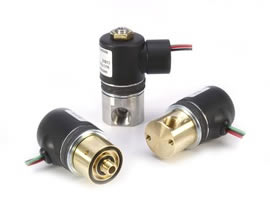 Solenoid Valves
Solenoid Valves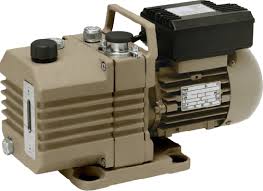 Vacuum Pumps
Vacuum Pumps Castings & Forgings
Castings & Forgings Bulk Material Handling
Bulk Material Handling Electrical & Electronic Components
Electrical & Electronic Components Flow Instrumentation
Flow Instrumentation Hardware
Hardware Material Handling Equipment
Material Handling Equipment Metal Cutting Services
Metal Cutting Services Metal Forming Services
Metal Forming Services Metal Suppliers
Metal Suppliers Motion Control Products
Motion Control Products Plant & Facility Equipment
Plant & Facility Equipment Plant & Facility Supplies
Plant & Facility Supplies Plastic Molding Processes
Plastic Molding Processes Pumps & Valves
Pumps & Valves Recycling Equipment
Recycling Equipment Rubber Products & Services
Rubber Products & Services